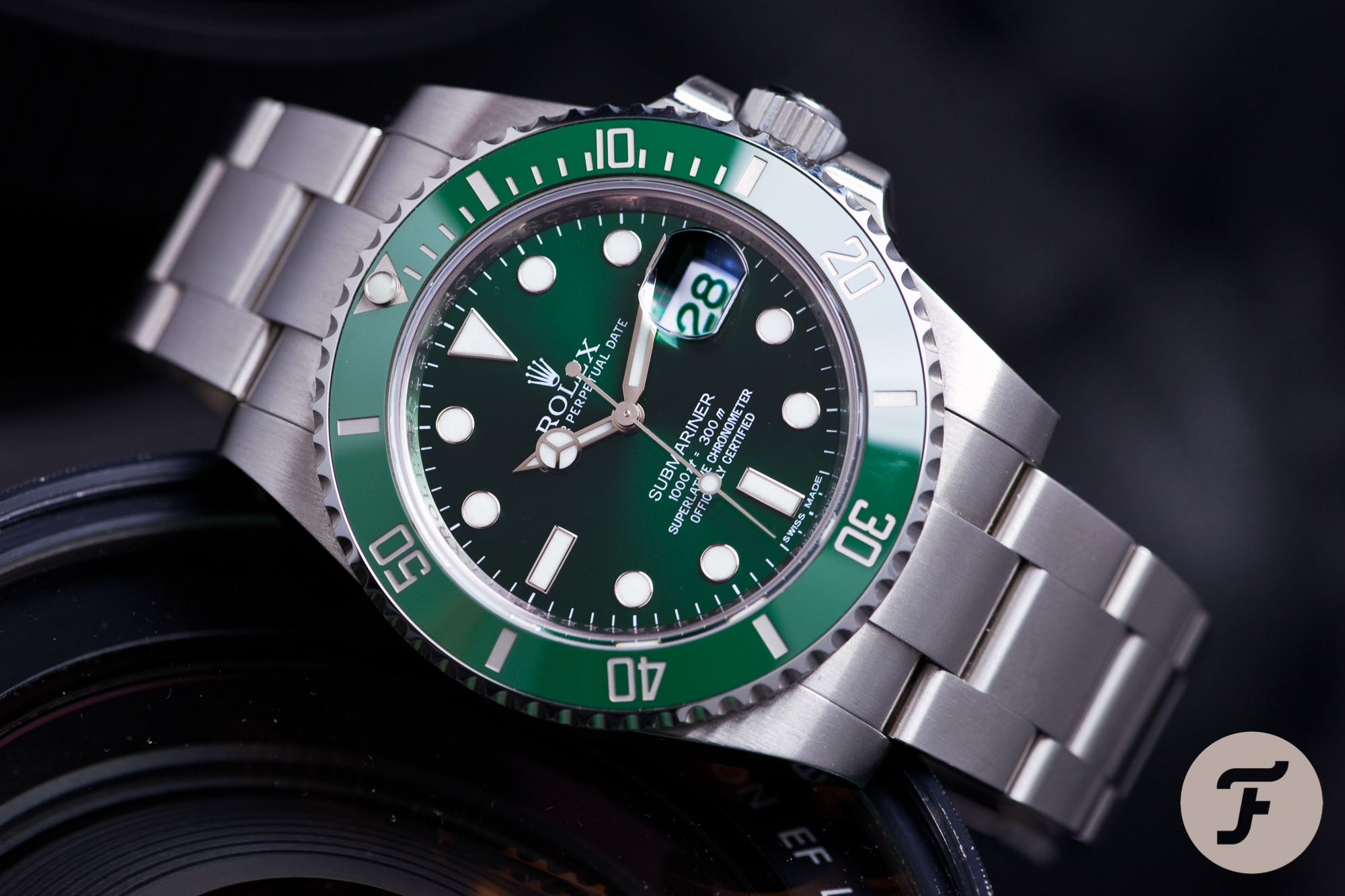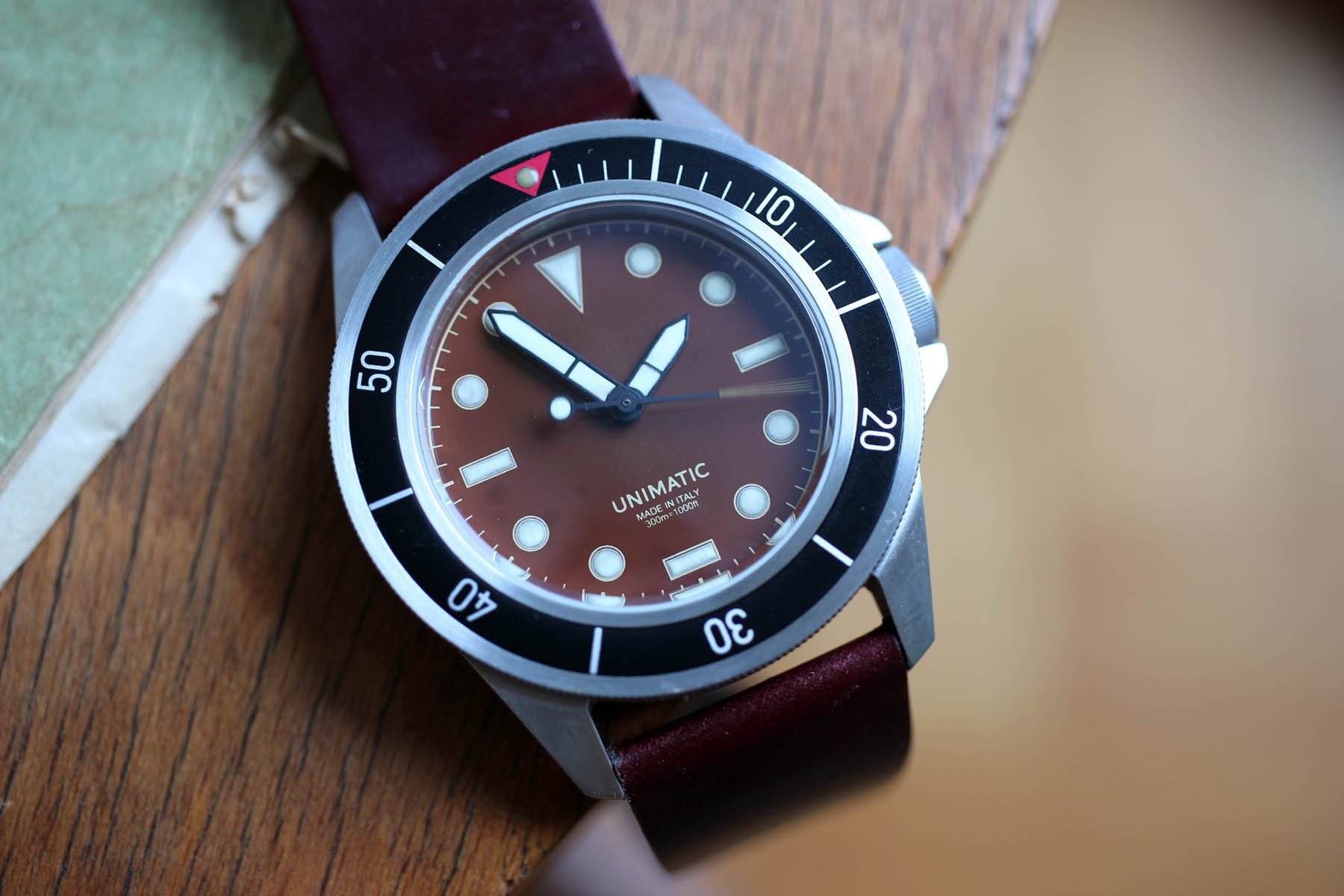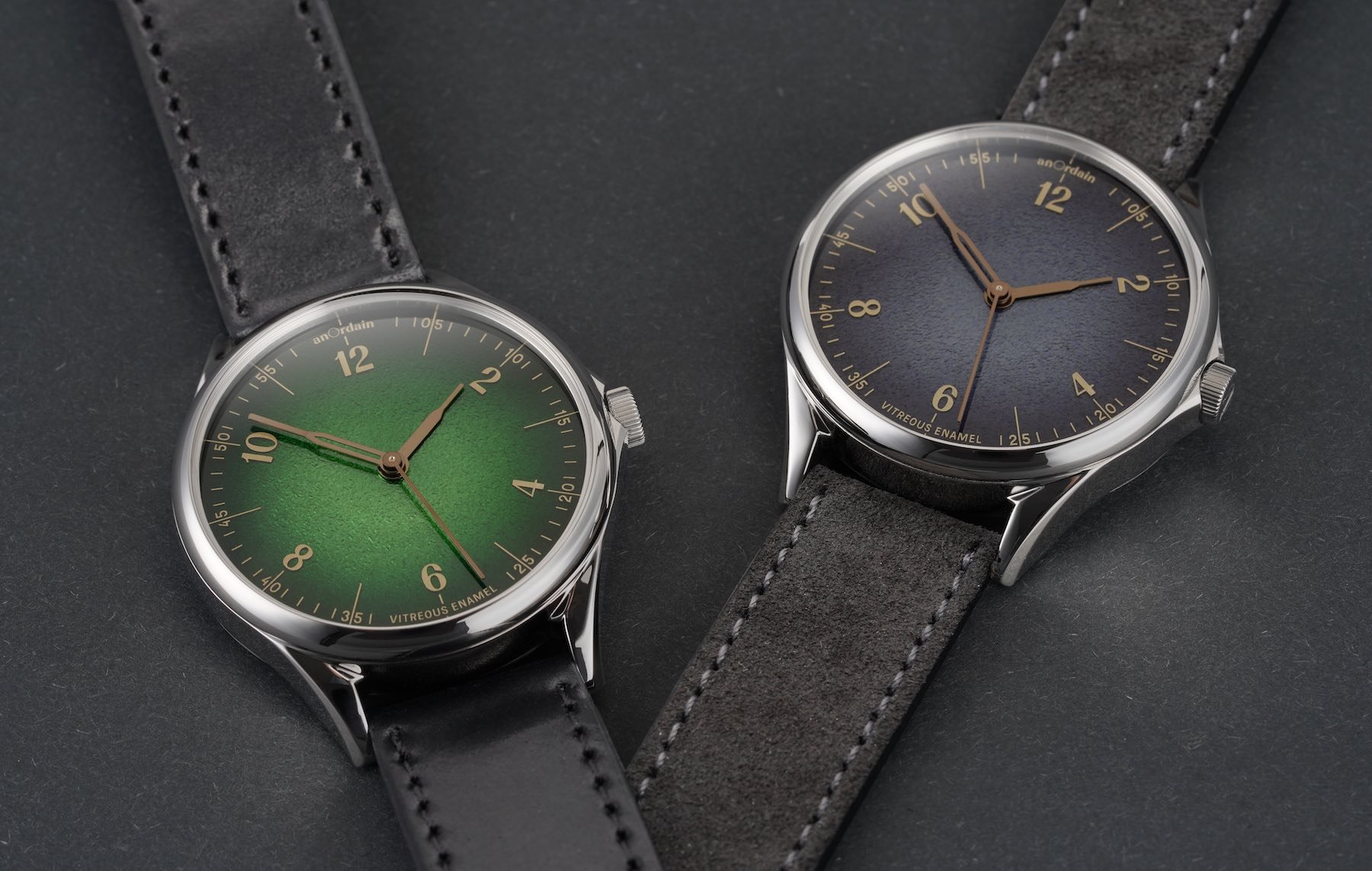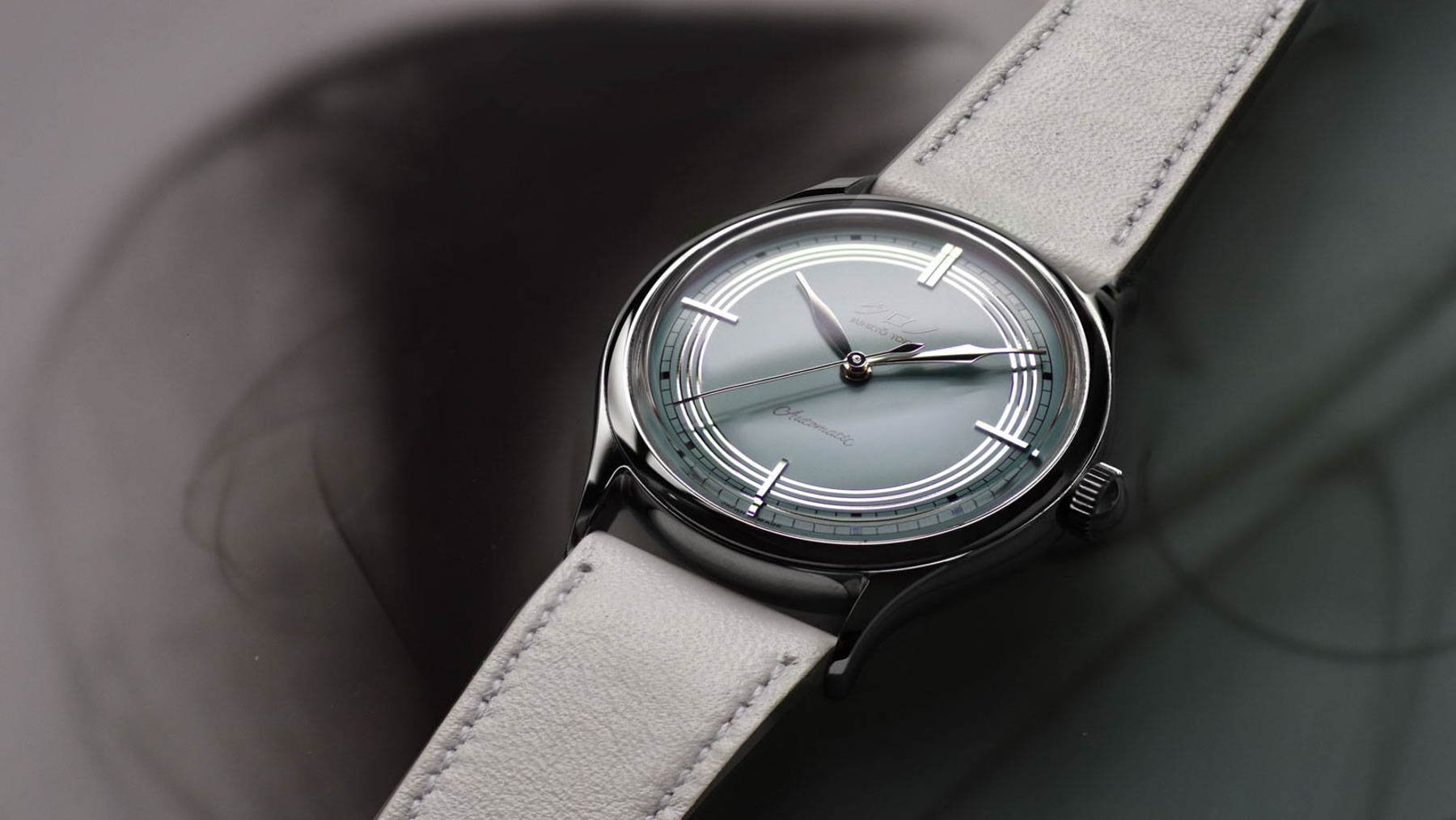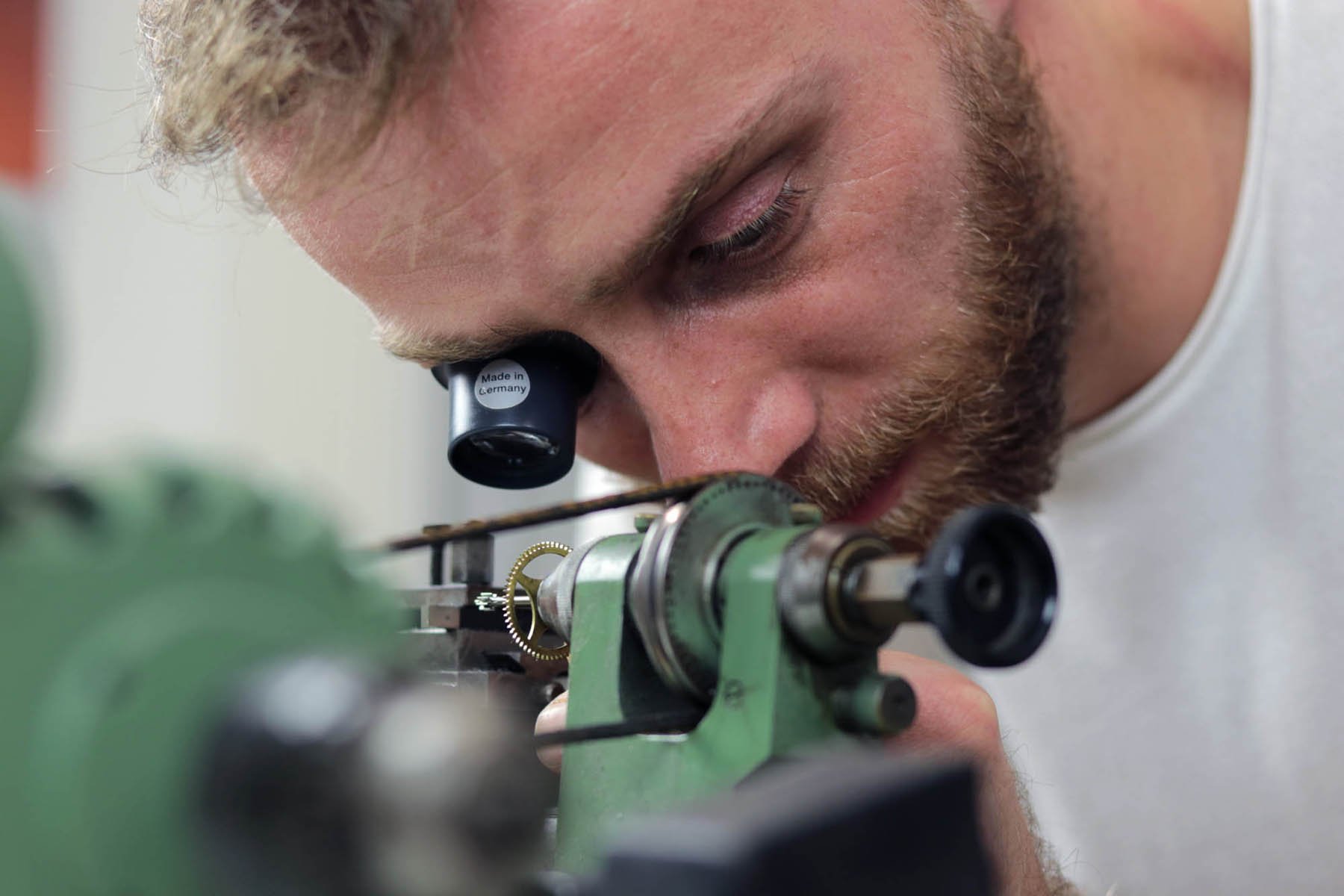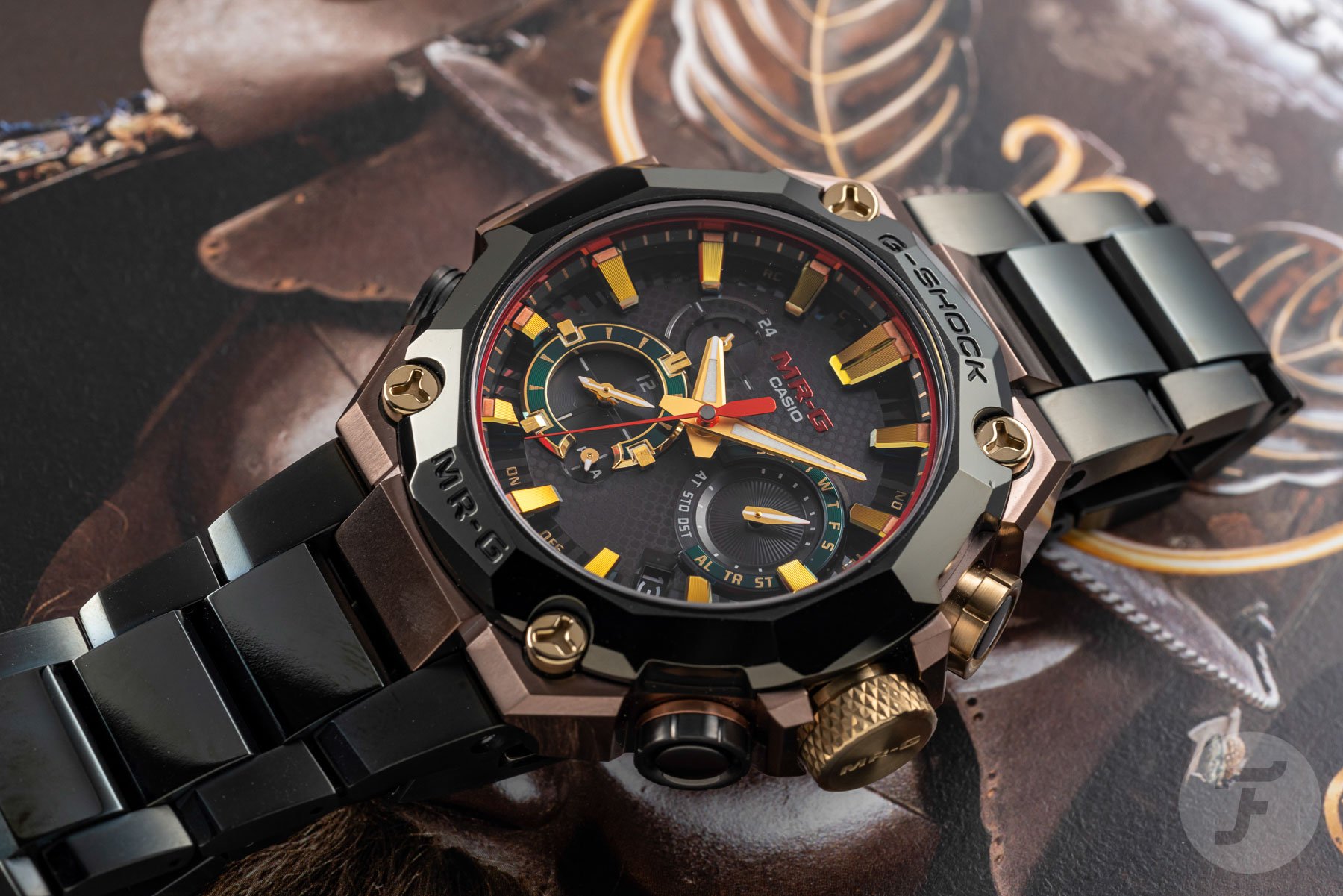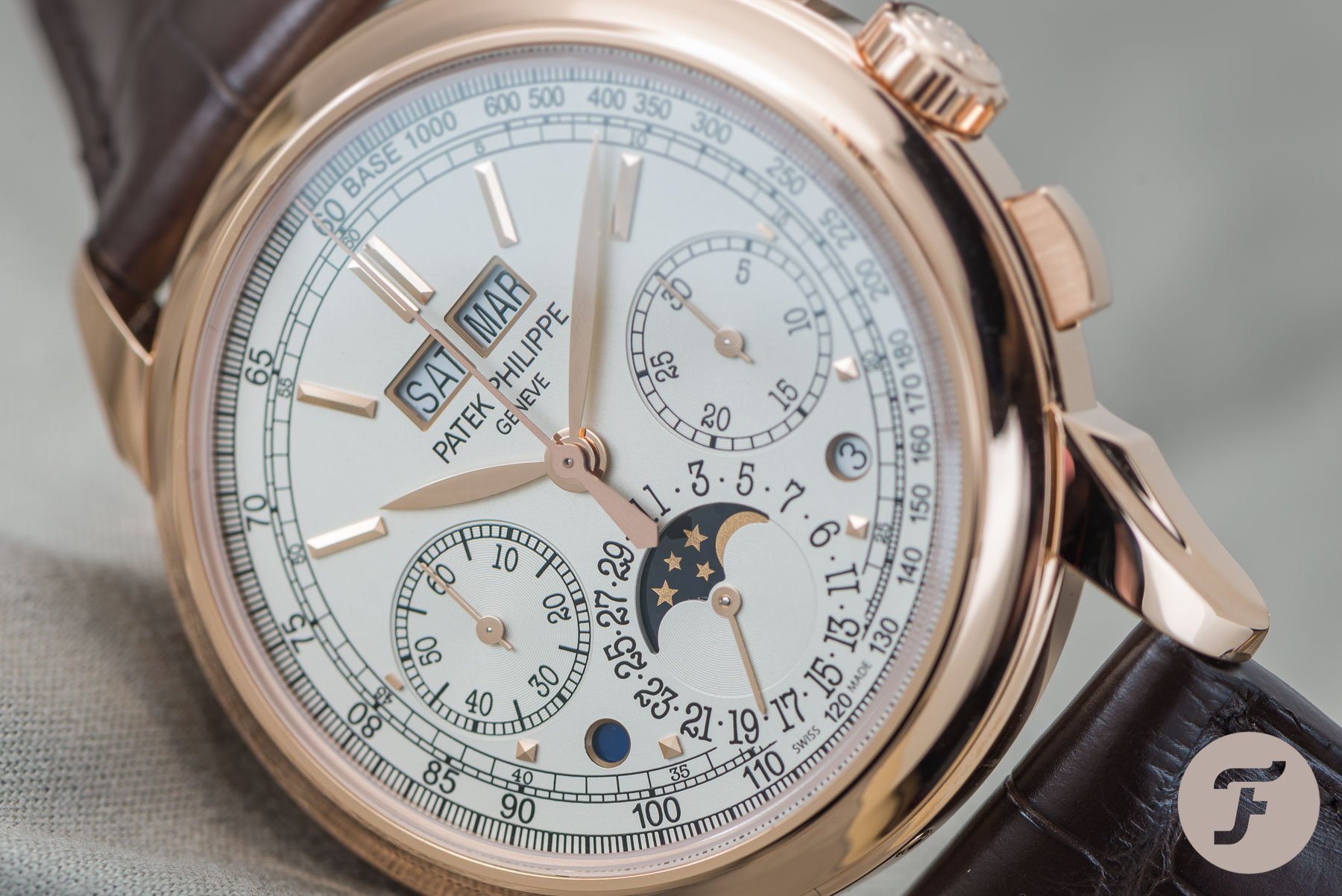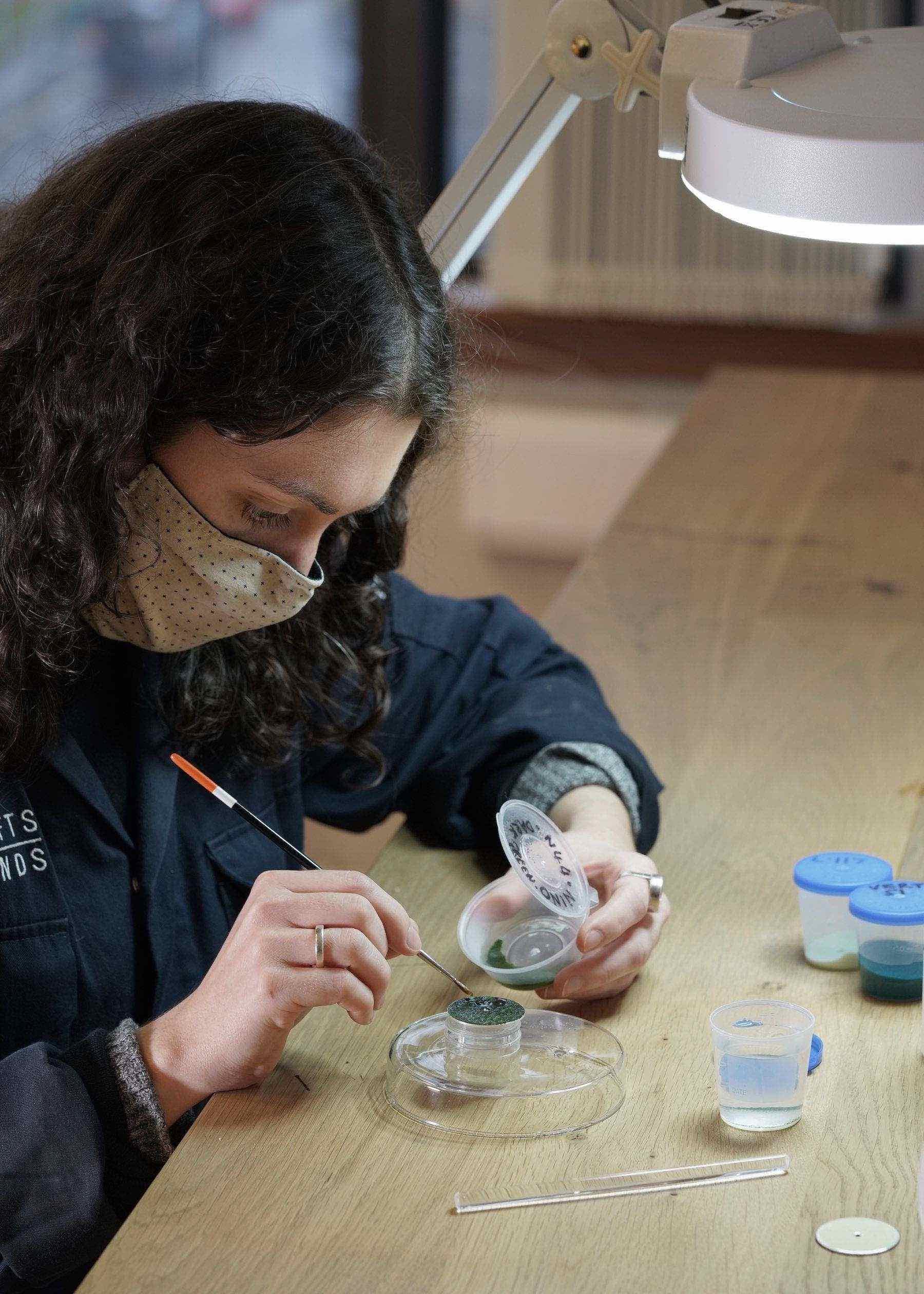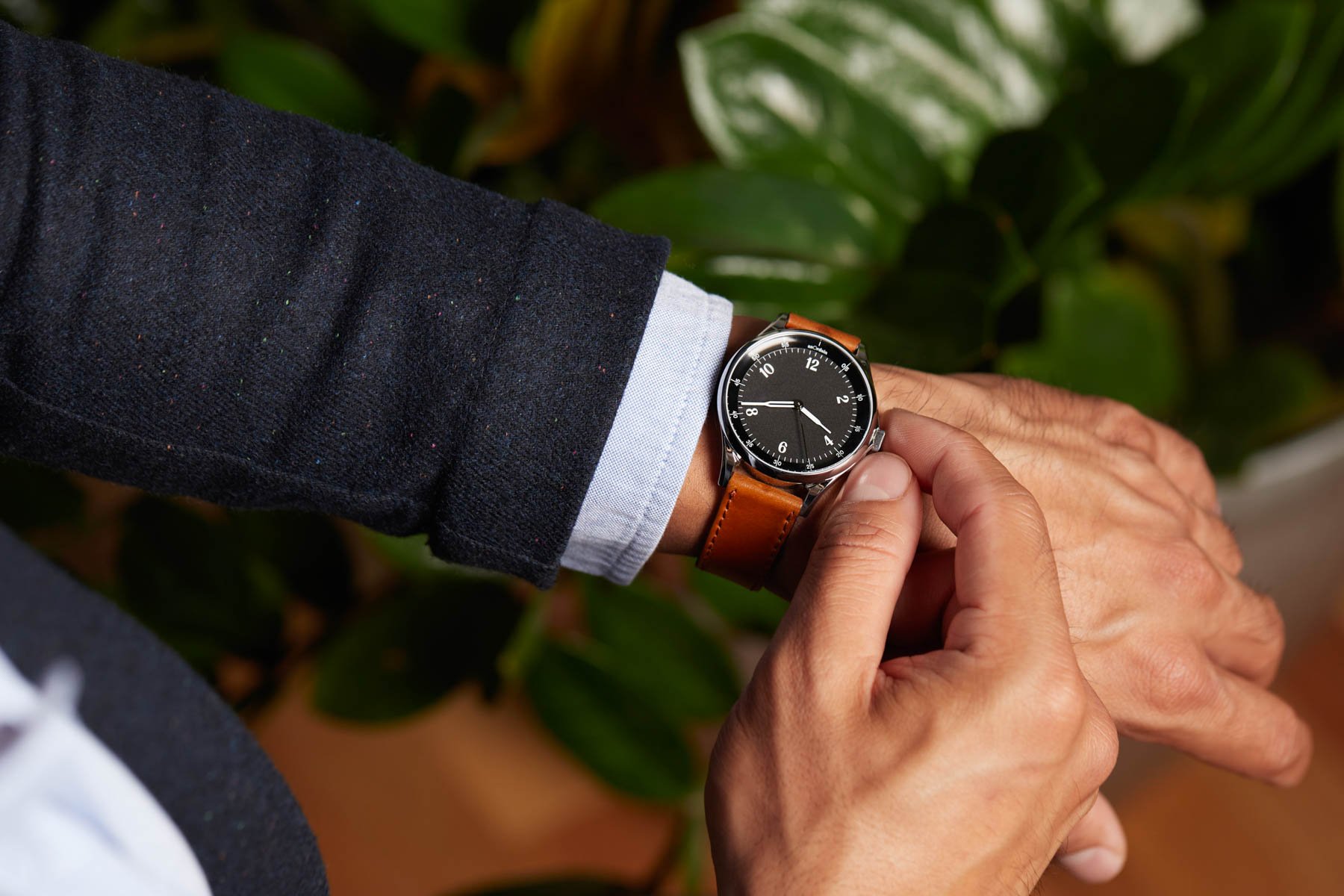Slow Manufacturing: One Sustainable Solution We Can Learn From Rolex, anOrdain, And Others
The concept of slow manufacturing is certainly not a new one. “Slow”, in the context of any industry, can have a bad connotation. But as technology and manufacturing continue to advance at the real risk of harm to the environment and workers’ quality of life, as well as product quality and perception, many industries are beginning to embrace “slow”. It’s a return to an industry’s manufacturing roots of sorts with a 21st-century twist that often ends up making good financial sense. Getting back to its roots is something that the watch industry does well already. Some watchmakers, like Rolex, anOrdain, and others, have found that slow manufacturing works perfectly well for them. You might be surprised to learn how well it works for you and the environment as well.
Sure, we’re all more than a little tired of the Rolex bubble — the hype, the prices, the wait, and of course the articles exhausting the point. This article is guilty of participating in that. I hope, however, that there’s some clarity to be gained. Interest in watches is exploding right now. Rolex is not the only phenomenon of demand far outstripping production; it is simply the largest elephant in the room to point to. Nor will this demand over supply stop. Rolex and these others are just the beginning.
What many are coming to realize is that — for now, at least — this form of limited, methodical production on a brand’s own terms, regardless of demand, is a decent business model. As a privately held company, we don’t get to see Rolex’s financial statements. But even without seeing the Excel sheets, it’s not hard to imagine the capital that meeting the insane demand would involve.
Not just Rolex
Of course, other examples aren’t as volatile (as a market and topic) as Rolex, thank goodness. Other big houses are playing with limited production in the face of demand. Omega, for example no longer releases limited editions. All of the brand’s watches are essentially unlimited, though the limited capacity of production leads to a first-come, first-serve basis (or however you get your hands on one). In the case of the hand-assembled caliber 321 found in some special Speedmasters, only 1,000-2,000 units can be produced annually.
Smaller brands are playing the same game, choosing limited, quality production over meeting their ballooning demand. Unimatic’s entire business model embodies quality over quantity, as it has from the brand’s inception. Historically, most of the Unimatic catalog has been limited. Certain limited Unimatic models have sold out in under a minute. Scottish brand anOrdain, a maker of beautiful enamel-dialed watches, employs an ever-growing customer waitlist and works from this list when manufacturing pieces. The wait time for an anOrdain watch is currently over two years. Both brands employ small teams to create quality, unique watches. If you want an anOrdain or Unimatic, you’ve either got to buy used or play the game. That game is slow manufacturing.
Slow manufacturing
There’s a lot wrapped up in the word “slow” in this context. In its simplest interpretation, slow manufacturing is literally a slowing of the manufacturing process or production output. At the very least, it’s a conscious resistance to the continuous speeding-up that most industries demand in manufacturing. In the realms of mass food production or technological consumer goods, that’s a hard sell (though there are plenty of examples in fine foods). People need to eat and need their smartphones. Not being the quickest, most valuable option (in terms of perception at least) leaves the door open for a competitor to corner your market.
But in the realms of lasting consumer goods, especially those considered luxury or luxury-adjacent, the slowing or maintaining of production means and outputs can mutually benefit all parties involved. That, of course, includes the company and its customer base, but it can (and should, if done right) include the communities in which manufacturing and business occur and the environment.
The nuts and bolts
The traditional approach to industrial manufacturing regards a worker as necessary to the extent that he or she can operate and maintain the machines and computers that perform the production. Think of Henry Ford’s assembly line and every other that has since followed. Slow manufacturing shifts the emphasis. Instead, the machines and computers are considered necessary (if at all) only in their ability to assist the craftsperson in performing and refining the craft. In a typical model, technology and automation limit production capacity, assuming that other inputs are infinite. In slow manufacturing, capacity is limited not only by the craftsman’s ability, but it also may not even be a priority. Higher desired levels of detail or quality of work necessarily increase the production time. This further reduces the output of units naturally, with higher quality as the exchange.
That exchange of quality for output capacity is what makes the slow approach work. In markets where the emphasis isn’t on attaining the greatest quantity of something for a cost, the quality of a product essentially has no upper limit. There need only be a market to support it, which is, obviously, present in the watch world.
How it works in watches
Approaches to slow production in the watch industry could look like Patek Philippe’s intense dedication to hand-crafted components and finishing. Patek and some others strive towards the finest possible quality of craft in their work. Naturally, there is little room for automation in that endeavor. But slow production also looks like the microbrands that refuse to expand operations to meet demand. Unimatic, anOrdain, and Kurono Tokyo aren’t making Patek-level watches, and their prices reflect that. But either from a desire to maintain control of quality or a creator’s need to be present and hands-on with every process of production, these microbrands are content with maintaining their current sizes and outputs.
Unimatic unabashedly uses NH35 movements from Seiko Instruments in many of its watches. That’s a far cry from Patek. But a watch can be about many things. While Patek concerns itself with perfecting (or Patek-ting) every aspect of its watches, calibers especially included, Unimatic is a company founded on design and function. Ornate decoration need not apply.
Slow manufacturing’s craftsperson
What is present across all strata of slow-production watchmakers is the emphasis on craft and, subsequently, the craftsperson. The craft itself can be many things — design, enameling, component fabrication, finishing — and that particular emphasis is determined by the company and whatever niche it chooses to occupy. Regardless of the particulars of the craft, there is a craftsperson — designer, enameler, etc. — behind the finished product.
Craftspeople do not necessarily equate to mere employees, just as craft does not equal any old product. They are trained, skilled individuals that bring something valuable to whatever realms they operate in. If utilized correctly, they become an integral part of what secures the “specialness” of a particular brand or product. It is the craftspeople behind anOrdain’s dials that result in the watches that are uniquely anOrdain’s (and resulted in the 2+ year waitlist). Similarly for Rolex. Much of Rolex’s production process is mechanized, make no mistake. But where it counts, there is a highly-skilled craftsperson behind the accuracy, quality, and robustness Rolex is coveted for.
The “value” of craft
It is the recognition of craft that drives much of the demand for many of these watch companies. A G-Shock is a G-Shock, and it certainly deserves its place in the world and the love it has earned. But many of us are not content with a department-store Casio (though I often am). G-Shock, for its part, received the message loud and clear and produces its own craftsperson-driven pieces for a price. But part of the nuance and romanticism of watch enthusiasm is centered strongly on this concept of craft, whether real or perceived.
So too is our collective attribution of the value to the craft behind these watches. In the case of Rolex, the perceived value has far outstripped MSRP. Rolex may be a poor example, as much of its value now comes from hype or prestige. But even with anOrdain, the perceived value is high enough to merit both the monetary cost and the cost of waiting.
We want craft, as we exhibit over and over. We shell out the money and the wait times for watches we believe to have craft at all price points. If it secures the quality or nuance of a brand or a watch, we’re proving as a purchasing body that we’re just fine with slow production. As far as timepieces are concerned, what’s a couple of years if it means we get something special?
This is not a phenomenon unique to horology. But watches on the whole are incredibly small trinkets for how much time, energy, and money we put into them. A well-crafted watch is expected to last more than a lifetime — an incredibly long lifespan for a consumer good. It makes sense, then, that our fascination with craft and with the genre as a whole can be so intense.
How this benefits the world
But what do slow production and quality craft have to do with the larger world, beyond scratching our own enthusiast itches? What good do a waitlist and inflated value actually do? We can look first at the physical inputs and outputs of watch production.
The more slowly a manufacturer produces a watch, the more slowly the mining, smelting, and forging of the necessary metals occurs. This is less of an issue with watches with recycled steel cases. Nevertheless, the recycling process of metal still requires a significant amount of energy. Over time, slower production equals less volume of product that needs to be shipped all around the world. In many instances, slower, more-attentive manufacturing processes are more environmentally friendly. Overall, they lead to less consumption of energy and waste that vast automated manufacturing has the scale and profit margins to overlook. This last point is not always the case. Japanese manufacturing in particular is typically incredibly efficient.
One might posit that the most environmentally friendly practice the watch industry can adopt is to stop making watches. People have posited that in the comments under other sustainability articles on Fratello, but only as tongue-in-cheek. That’s a nihilistic approach to the dilemma that offers no real solution. And once we look beyond the physical ins and outs of watch manufacturing, we can see how slow manufacturing is better than none at all.
Support the craft, support the craftsperson
As has been the case with artisans since the middle ages, craft imparts a value that allows the craftsperson some agency. Job security is high for craftspeople in flourishing industries like the watch industry. Companies want what craftspeople can produce, whether that’s dials, gears, or finishing. They also know that work takes skill, patience, and caring attention to detail. The ideal environment for eliciting those qualities is not a high-pressure, industrialized setting. Nor is it possible to achieve handicraft following the Henry Ford model of human-assisted machine assembly. Also, craftspeople work best when well fed, well housed, and well paid. Perhaps the starving artist can create a Starry Night, but stress and starvation are poor conditions for reliability.
This leads to work conditions that are ideal not only for craft to occur, but are also humane. We collectively invest in humane work conditions as the watch market continues to demand watches from these companies participating in different forms of high-craft, slow manufacturing. This has a ripple effect out into the communities touched by the slow watch industry. Well-paid, low-stress workers spend more money on healthy food and living conditions. If they buy into the environmentalism some of their employers espouse, they’re also more likely to purchase sustainable consumer goods, which are rarely the cheapest options.
Vote with your money
We as watch consumers don’t want the cheapest options out there either. We’re constantly met with raised eyebrows and “You spent how much?” when talking with non-watch nerds about the “good deal” we scored on a new piece. A lot of our hard-earned money goes into trinkets we could do without. As we shop, it’s important that we’re conscious of what ripple effect our money is having within the greater industry and communities. It’s important that we “vote” with our dollar (or euro, rupee, pound, etc.). This is something I’ve harped on before about purchasing quality leather straps.
Spending less vs. spending more
Moderation is a difficult virtue to maintain after being bit by the watch bug. Of course, consuming less generally equates to higher sustainability. But let’s accept that many of us will not and do not stop at one watch. If we are content with shopping from microbrands that employ slow manufacturing practices, consolation comes in the form of recognizing that we are supporting craft and craftspeople and enriching their communities. If we are not content with microbrands and have fallen under the spell of luxury marketing (or just desire higher-quality craft, though microbrands exist there as well), we may still find some consolation.
…a 2+ year waitlist and many thousands of dollars spent on the perfect watch is a lot of time and energy not spent on other things.
As we plan and save for that grail watch, we make choices in spending that take us closer (or further) from our goal. We may postpone trips or reconsider other non-essential purchases. There’s a whole slew of wonderful, more affordable watches you choose not to buy with your sights set on “the one”. This, in a perverse interpretation, is a form of environmental conservation. If we look at money as energy, a 2+ year waitlist and many thousands of dollars spent on the perfect watch is a lot of time and energy not spent on other things. A $10,000 watch certainly has a carbon footprint. Is it as large a footprint as $10,000 in flights? That perhaps depends on whether you fly first class. Though, really, these mental gymnastics aren’t for those top earners that can do it all and have some left over.
A romantic clause
At the end of the day, the Rolex, Patek, anOrdain, or Unimatic watch that you attain exists after the purchase, unlike the flights that disappear into thin air. You now have a watch, and a special one, at that. Coupled with the real benefits of slow manufacturing, the story it tells to us as consumers takes the value further. You know someone’s hands meticulously assembled your watch. You can see in your mind the firing process baking your enamel dial or blueing the hands to perfection.
This last argument for slow manufacturing for sustainability may only work on the true romantics such as myself. But as we learn about, see, and feel the craft and attention that goes into the special watches we choose for ourselves (or better yet, someone chooses for us), they begin to become our watches. We are less likely to sell or abuse these special members of our collections and then replace them with others, perpetuating the cycle. This, in turn, diminishes the environmental footprint of our consumption. And when a collection accrues a few examples of such special watches, what watches would you want to wear other than those? If nothing else, wearing a watch made slowly and with care can teach us a thing or two about being slower and more careful in our own lives. The metaphor may be enough.
More information about Rolex, Unimatic, anOrdain, and Kurono Tokyo and how they go slow can be found on their websites. Let us know in the comments what you think about this approach to watchmaking. Also, what slow brands do you personally like and why?

